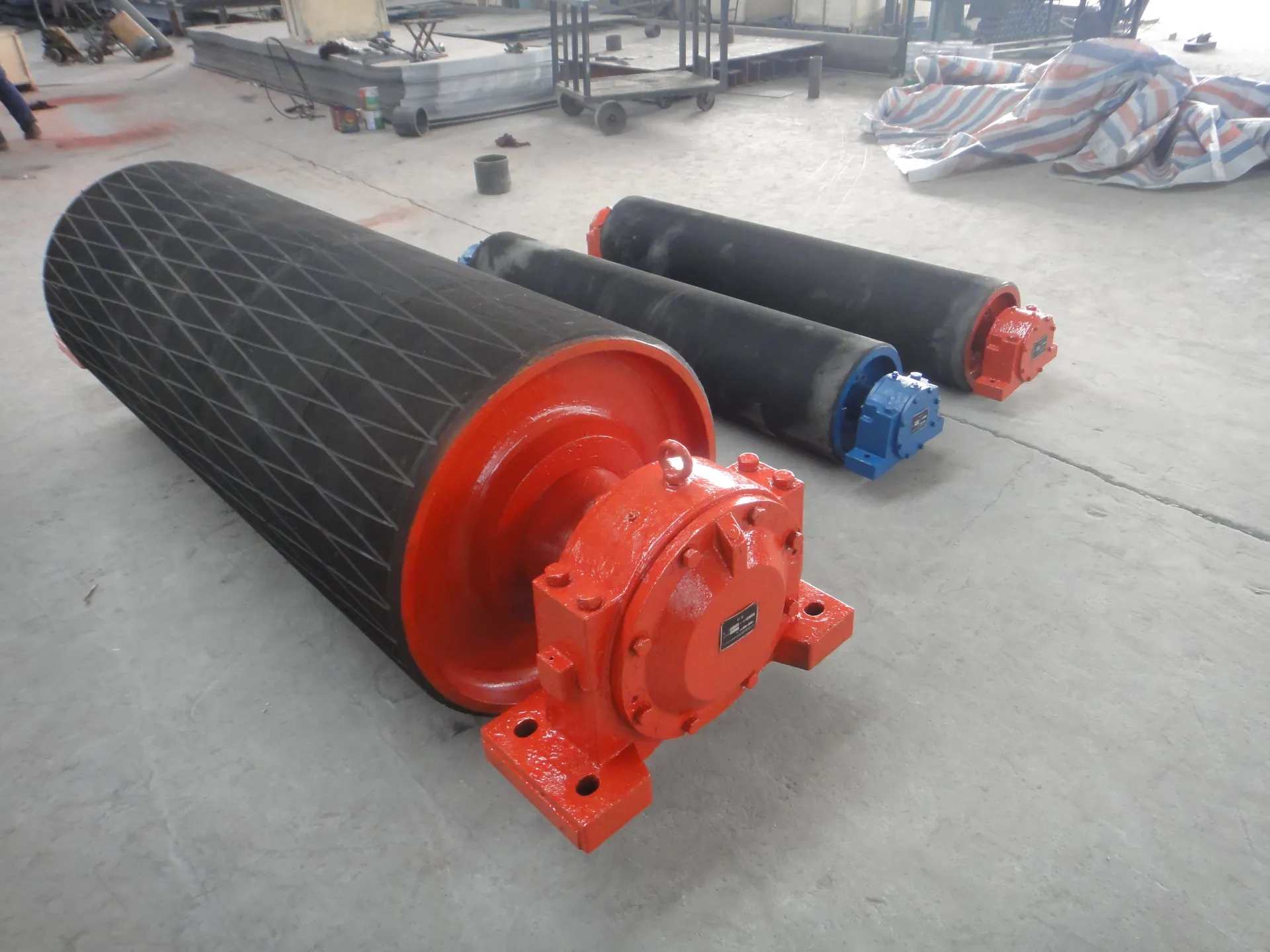 Afrikaans
Afrikaans  Albanian
Albanian  Amharic
Amharic  Arabic
Arabic  Armenian
Armenian  Azerbaijani
Azerbaijani  Basque
Basque  Belarusian
Belarusian  Bengali
Bengali  Bosnian
Bosnian  Bulgarian
Bulgarian  Catalan
Catalan  Cebuano
Cebuano  Corsican
Corsican  Croatian
Croatian  Czech
Czech  Danish
Danish  Dutch
Dutch  English
English  Esperanto
Esperanto  Estonian
Estonian  Finnish
Finnish  French
French  Frisian
Frisian  Galician
Galician  Georgian
Georgian  German
German  Greek
Greek  Gujarati
Gujarati  Haitian Creole
Haitian Creole  hausa
hausa  hawaiian
hawaiian  Hebrew
Hebrew  Hindi
Hindi  Miao
Miao  Hungarian
Hungarian  Icelandic
Icelandic  igbo
igbo  Indonesian
Indonesian  irish
irish  Italian
Italian  Japanese
Japanese  Javanese
Javanese  Kannada
Kannada  kazakh
kazakh  Khmer
Khmer  Rwandese
Rwandese  Korean
Korean  Kurdish
Kurdish  Kyrgyz
Kyrgyz  Lao
Lao  Latin
Latin  Latvian
Latvian  Lithuanian
Lithuanian  Luxembourgish
Luxembourgish  Macedonian
Macedonian  Malgashi
Malgashi  Malay
Malay  Malayalam
Malayalam  Maltese
Maltese  Maori
Maori  Marathi
Marathi  Mongolian
Mongolian  Myanmar
Myanmar  Nepali
Nepali  Norwegian
Norwegian  Norwegian
Norwegian  Occitan
Occitan  Pashto
Pashto  Persian
Persian  Polish
Polish  Portuguese
Portuguese  Punjabi
Punjabi  Romanian
Romanian  Russian
Russian  Samoan
Samoan  Scottish Gaelic
Scottish Gaelic  Serbian
Serbian  Sesotho
Sesotho  Shona
Shona  Sindhi
Sindhi  Sinhala
Sinhala  Slovak
Slovak  Slovenian
Slovenian  Somali
Somali  Spanish
Spanish  Sundanese
Sundanese  Swahili
Swahili  Swedish
Swedish  Tagalog
Tagalog  Tajik
Tajik  Tamil
Tamil  Tatar
Tatar  Telugu
Telugu  Thai
Thai  Turkish
Turkish  Turkmen
Turkmen  Ukrainian
Ukrainian  Urdu
Urdu  Uighur
Uighur  Uzbek
Uzbek  Vietnamese
Vietnamese  Welsh
Welsh  Bantu
Bantu  Yiddish
Yiddish  Yoruba
Yoruba  Zulu
Zulu plastic conveyor parts
The Advantages of Plastic Conveyor Parts in Modern Industries
In today’s fast-paced industrial landscape, efficiency and durability are paramount. One of the most critical components in various manufacturing and logistical operations is the conveyor system. Within these systems, the choice of materials used for conveyor parts can significantly influence both performance and maintenance. Plastic conveyor parts have emerged as a popular choice, offering numerous advantages over their metal counterparts.
Lightweight and Easy to Handle
One of the primary benefits of plastic conveyor parts is their lightweight nature. Unlike metal components, which can be cumbersome and require more energy to operate, plastic parts are easier to handle, install, and replace. This not only reduces labor costs but also decreases the overall energy consumption of conveyor systems. In industries where mobility and flexibility are essential, such as food processing or packaging, the lightweight nature of plastic parts enables quicker adjustments and reduced downtime.
Corrosion Resistance
Another significant advantage of plastic conveyor components is their resistance to corrosion. Metal parts can be susceptible to rust and degradation over time, particularly in environments where they are exposed to moisture, chemicals, or other corrosive substances. Plastic components, on the other hand, are impervious to these elements, ensuring consistent performance and longevity. This property makes plastic conveyor parts particularly suitable for industries such as food and beverage, pharmaceuticals, and chemicals, where hygiene and material integrity are critical.
Low Noise Operation
In many industrial settings, noise levels can be a significant concern, contributing to workplace stress and impacting communication. Plastic conveyor parts are known for their quieter operation compared to metal. The materials used in plastic parts can absorb sound and vibrations, leading to a more pleasant working environment. This feature is especially beneficial in settings like warehouses and distribution centers, where noise can be disruptive to other operations.
plastic conveyor parts

Versatility and Design Flexibility
Plastic conveyor parts come in a variety of shapes, sizes, and materials, providing greater design flexibility than metal components. Manufacturers can tailor these parts to meet specific needs, including custom sizes and configurations that fit unique conveyor systems. Furthermore, advancements in plastic production technology have allowed for the creation of specialized plastics designed to withstand higher temperatures, increased loads, or enhanced chemical resistance. This versatility enables industries to optimize their conveyor systems to match their operational requirements precisely.
Cost-Effectiveness
Although the initial investment in plastic conveyor parts might sometimes be higher than traditional metal options, the long-term savings are impressive. The durability and resistance to wear of plastic components result in lower maintenance costs and less frequent replacements. Additionally, the lightweight nature of these parts can lead to reductions in energy consumption during operation, translating into significant savings over time.
Environmentally Friendly Options
With the growing emphasis on sustainability, many manufacturers are turning to eco-friendly plastic materials for conveyor parts. Biodegradable and recyclable plastics are now available, allowing companies to reduce their environmental footprint. By choosing sustainable materials, businesses not only comply with regulatory standards but also enhance their corporate responsibility initiatives.
Conclusion
The use of plastic conveyor parts has become increasingly popular among various industries, driven by their myriad benefits. From lightweight designs and corrosion resistance to cost-effectiveness and environmental friendliness, these components are revolutionizing conveyor system efficiency and longevity. As industries continue to seek innovative solutions to enhance productivity and sustainability, plastic conveyor parts are likely to remain at the forefront of this evolution. Whether in manufacturing, logistics, or food processing, the advantages of integrating plastic components into conveyor systems cannot be overstated. Investing in these materials is a forward-thinking decision that paves the way for a more efficient and sustainable industrial future.
-
Revolutionizing Conveyor Reliability with Advanced Rubber Lagging PulleysNewsJul.22,2025
-
Powering Precision and Durability with Expert Manufacturers of Conveyor ComponentsNewsJul.22,2025
-
Optimizing Conveyor Systems with Advanced Conveyor AccessoriesNewsJul.22,2025
-
Maximize Conveyor Efficiency with Quality Conveyor Idler PulleysNewsJul.22,2025
-
Future-Proof Your Conveyor System with High-Performance Polyurethane RollerNewsJul.22,2025
-
Driving Efficiency Forward with Quality Idlers and RollersNewsJul.22,2025





























